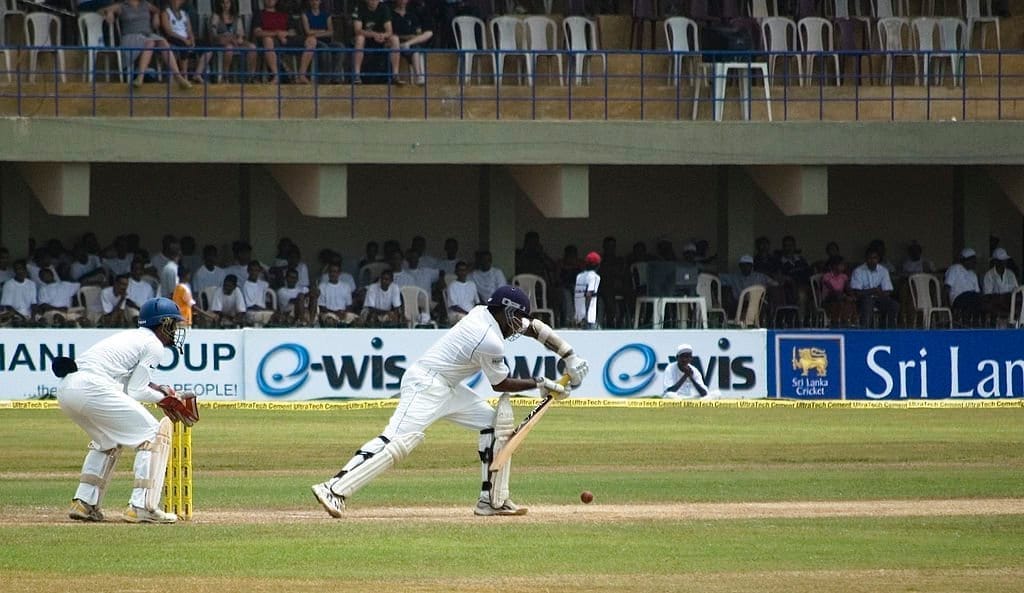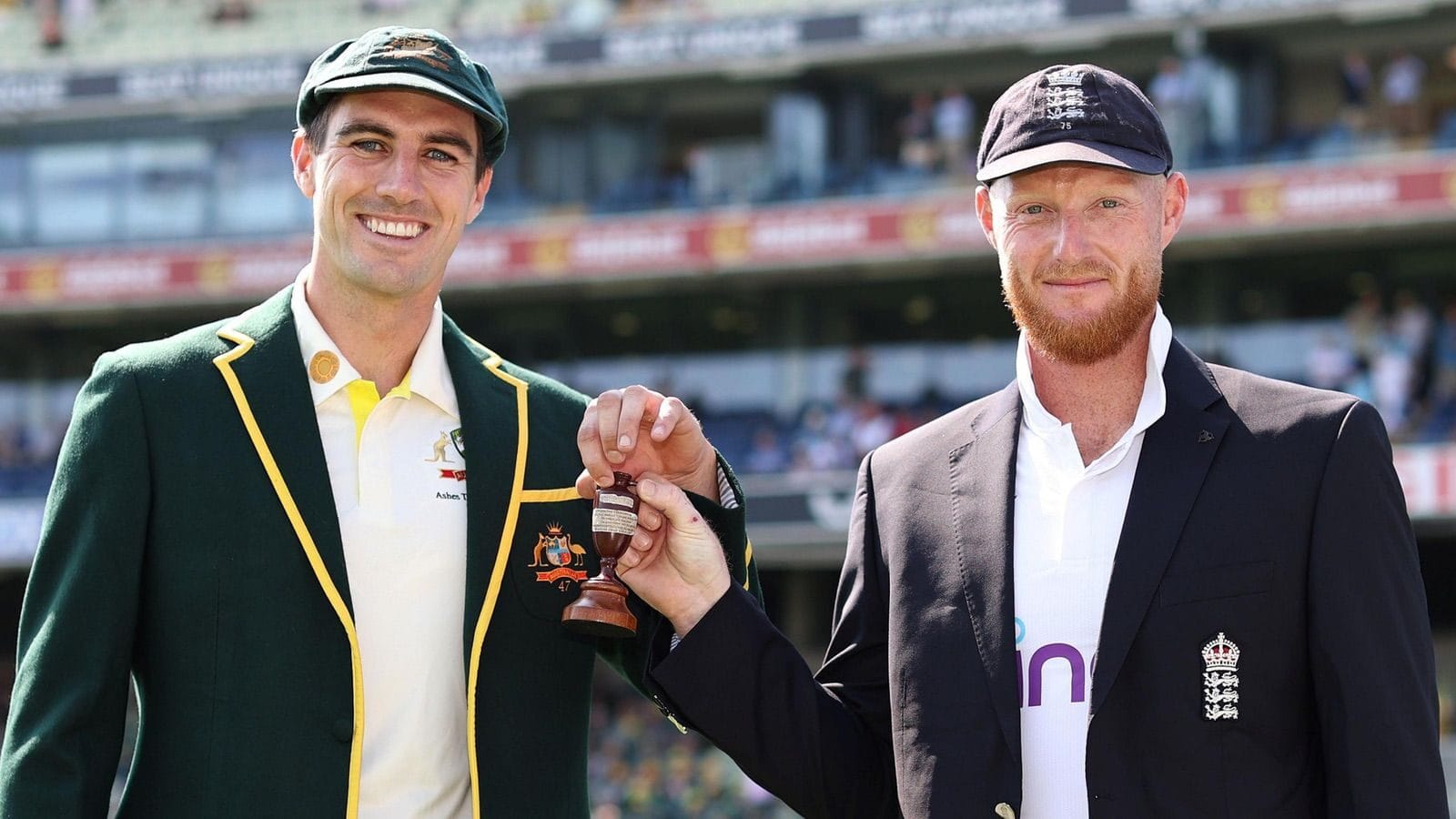Mahela Jayawardene will depart from Test cricket after the home series against Pakistan in August with an array of records fit to decorate the most glittering of trophy cabinets. He holds the record for the highest score by a right – hander in Trsts – 374 against South Africa at the SCC in 2006, eclipsing Len Hutton’s celebrated 364 against Australia in 1938. While making that score he took part in Test cricket’s highest ever partnership, 624 for the third wicket with his great friend and constant cricketing companion Kumar Sangakkara. He is seventh on the list of all time run getters – though Shivnarine Chanderpaul is creeping, or perhaps scuttling, up on him. He is eighth on the list of all time century makers. He is third on the list of non wicket- keeping catchers behind Rahul Dravid and Jacques Kallis( Dravid is twelve ahead but in eighteen more matches.)
If one looks fleetingly at the admittedly slightly pointless amalgamated records for Tests, one day internationals and T20s his record is equally impressive. He is .fifth on the all time run getting list but it is again the catching which is most eye catching. He is way ahead of the field with416 international catches. Ricky Ponting is second with 384 and the next current player is Michael Clarke with 238.
But of course it is not all about numbers. When people remember Jayawardene they will recall his insatiable appetite for runs but they will remember more the way he made them. He is one of the great stylists relying on deftness of touch rather than power of stroke. This is what makes him so counter intuitively successful at T20 but it is in the longer format of the game that his rare and precious talent can be most appreciated .People don’t often say this about batsmen but Jayawardene’s is a clever batsmen. He never wastes effort and he keeps things deliciously simple. We saw a hint of this ,albeit briefly on Friday at Galle. He came in and got off the mark with a three down to the vacant third man area off Imran Tahir. It was a full delivery and Jayawardene’s just angled his bat and guided the ball down there. It wasn’t a cut; it was hardly even a dab. Simple, but effective.
It is the same with his fielding. It takes a special type of skill to stand at slip all day in the heat and be ready to pounce when the moment comes. He has taken one catch in this current match , to dismiss Quinton de Kock of Dilwuran Perera. De Kock had played a bit streakily so no doubt interest at slip was high but it was still a Jayawardene’s classic ; the true sign of an expert with a hint if genius- making something difficult look almost absurdly easy.
So where does Jayawardene’s stand in cricket’s pantheon of batting greats. A Test average of (currently a shade under ) fifty suggests genuine class ; fifty is the benchmark. But is fifty what it used to be? One has to wonder with lifeless pitches, heavy bats, smaller boundaries and all the rest of it. Jayawardene and his contemporaries have been lucky in their timing.
His record in Sri Lanka – and in particular at Galle and the Scc – is second to none. His record abroad, and in particular outside Asia, is a different story however. He averages31.42 in Australia, 35.81 in England, 27.71 in New Zealand and 27.87 in South Africa. These are all places where batting conditions , whether due to excessive bounce or greater movement through the air, can be very different from those found in the subcontinent. The two best attacks in world cricket during Jayawardene’s career have probably been Australia’s during the Warne – McGrath era and the current South African line up. Against the former Jayawardene’s played three series, two at home and one away: in fourteen innings his highest score was 68. In six innings in South Africa in 2011-12 he had a highest score of 31. Let ‘ s hope the current series goes better.
On a more positive note he had a marvellous series in adverse conditions in England in 2006 when he led one of the great rearguard actions in Test history with a magnificent second innings century at Lord’s to stave off what had seemed like certain defeat. That was his greatest overseas moment and arguably his greatest ever,
Jayawardene was captain in that series, which Sri Lanka went on to share after winning the third Test. It will be more than his runs and catches that are missed ; his quiet authority in the dressing room will be equally irreplaceable.
So Mahela Jayawardene leaves the scene , understandably wanting to spend more time with his young family. First, however, there is a Test match to be saved.
Bill Ricquier, 19/7/2014

This article was published in The Island.
Feature image: Forward defence -Mahela Jayawardene. By Hash Milhan from London, United Kingdom [CC BY 2.0] via Wikimedia Commons




